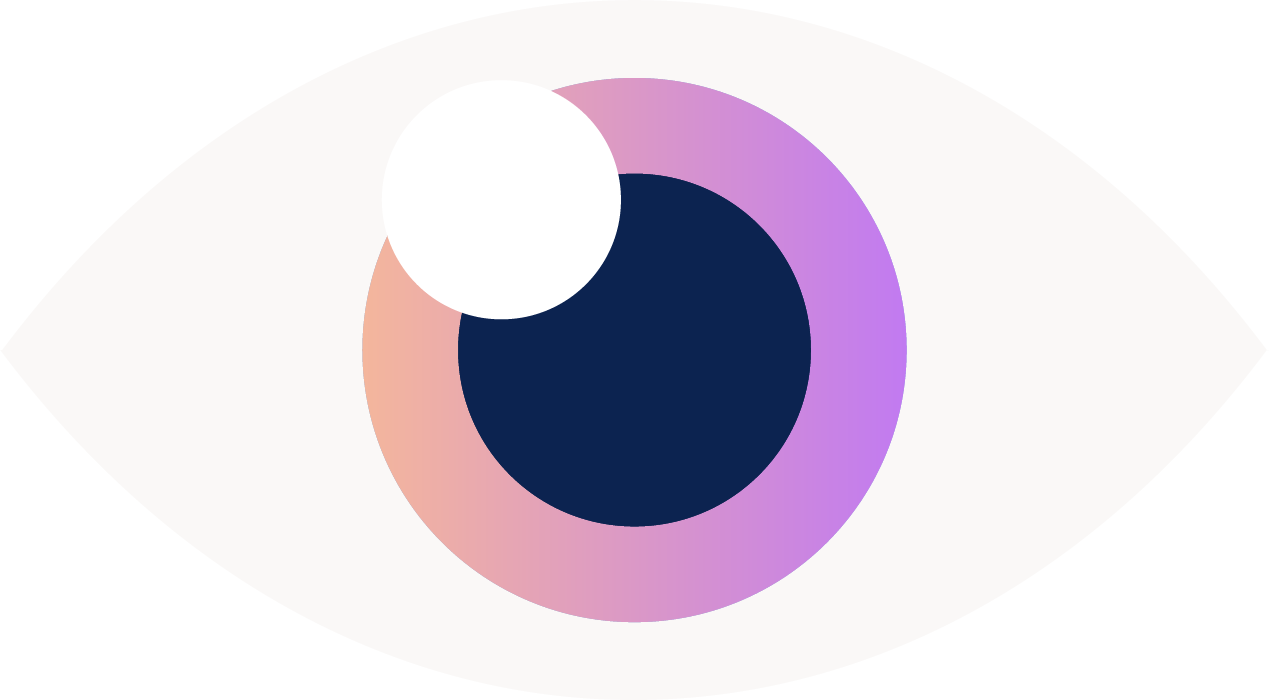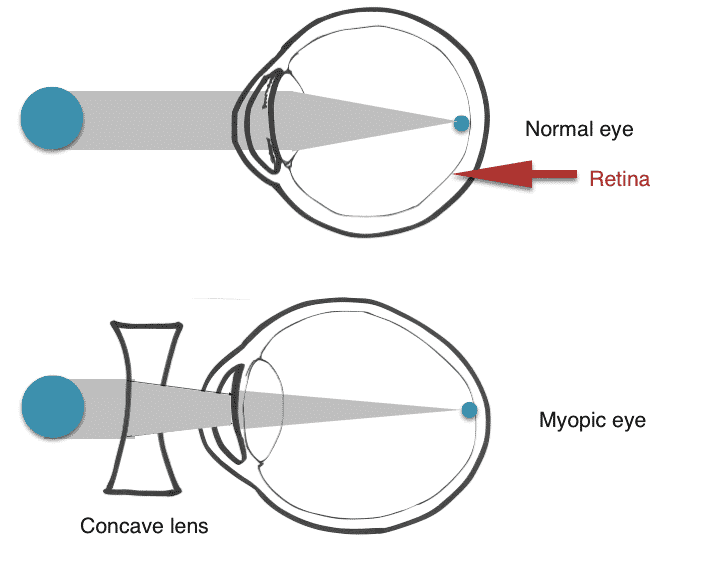How can I prevent my child's glasses from getting stronger?
Why do my child's glasses keep getting stronger? This is one of the most common questions I encounter in my practice. I see a patient after they have failed their vision screening exam at their pediatrician's office and diagnose them with nearsightedness. The following year, their myopia is worse and the glasses prescription has to be increased. The year after, same thing happens. I always reassure parents,"'This is normal. Expect the prescription to increase every year until they hit college age". But, of course, as a parent, it's worrisome. Parents always ask me about TV/video games/foods they can eat, anything that could help "strengthen" their children's eyes. Before, I would have to tell them that nothing could be done, it was just genetics. But, not so anymore!But, first, let's just review what is myopia? Myopia is what most people often call nearsightedness - you can see up close, but not far away. Myopia is the most common refractive error in kids, and it's on the rise. My son is obsessed with asking if my husband is nearsighted or farsighted after we read this page in the Cat in the Hat book at bedtime. For myopes, the light rays from the outside world are focused just in front of the retina. It can be because the eye is a little longer than usual (axial myopia), sometimes for adults, it's because there is a cataract refracting the light differently. But, let's stick to the kids for this discussion.So, it makes sense if one parent is myopic, then the child has a good chance of becoming myopic as well. Eye size is inherited just as hair color, height, etc. My boys don't wear glasses for real (though they are modeling them in the picture above), but I should qualify this as a YET. I am not nearsighted, nor is anyone in my immediate family, however, my husband's side is a different story. So, there certainly is a good chance that they may require glasses in the future.Now, here's a little throwback to high school physics. For nearsighted individuals, the lens shape (concave) helps to focus the light on to the retina.Now, to the good stuff? What can be done? Two new studies have come out which have had some very promising results in terms of decreasing the progression of nearsightedness in kids.
1. Increase Time Outdoors
One study examined 2000 children in Australia and specifically looked at the type of activities children were doing. They then followed-up the kids 5- 6 years later to figure out which activities seemed to make a child more nearsighted.
Time spent indoors
Time spent doing near work (reading, homework, iphone, etc).
Family history of nearsightedness
So, what does this mean. Being outdoors in the sunlight, is protective. Kids who spent 1-2 hours/day outdoors, were on average a whole diopter less nearsighted than their peers who did not. That would mean -3.00 prescription instead of a -4.00 prescription. And, the more time kids spent indoors on devices made their myopia worse.But time spent doing near work, in and of itself, did not cause nearsightedness. So, the belief that too much time spent on the iPad/iphone will cause a child to need glasses is incorrect. I am asked this leading question at least daily by parents "Using the iPhone or playing video games is bad for the eyes, right?" . They look at me hopefully, expecting me to dispense a lecture to the kids of the dangers of said devices. But, unfortunately, it's just not true. Now, what I do tell them, is that first and foremost, too much time spent on these devices is not great for their brain. A policy statement issued by the American Academy of Pediatrics warned about the dangers of attention problems, sleep difficulties and obesity from too much time spent on media devices. However, there have been no conclusive studies which link media devices with eye or vision problems. BUT, when kids are playing on these devices, it does make it more difficult to get them outdoors, in the protective UV light and that can make them more nearsighted. So, is it the bright light or the UV light that's protective? Well, studies in animals seem to indicate that it might just be bright light which is helpful, though it's still too early to draw conclusions. However, I still recommend that kids should always wear protective hats, sunglasses and clothing when outdoors, especially here in Hawaii.Being myopic is not just a pain for children to wear glasses, it can also have serious consequences in terms of the health of a child's eye. People who are myopic have longer eyes than individuals who are not. That predisposes them to having retinal tears and detachments if their prescription is higher than -6.00 D. It's basically because the same amount of retina is being stretched more in a myopic eye than in a normal eye. This can leads to areas of thinning or tears which can cause retinal detachments.
2. Atropine 0.01%
Another important study assessed the effectiveness of a dilute version of a dilating drop - atropine - in delaying the progression of nearsightedness. Studies have been done with different strengths of this drop in the past, but as you may know from going to the ophthalmologist, even when dilute, dilating drops can cause side effects, like blurry vision and sensitivity to sunlight. But, this study looked atropine 0.01%, which is 1/100th the strength we use in the clinic. When administered daily to kids, it slowed their nearsightedness and also decreased the elongation of their eyeball. Therefore, they were less at risk for those dangerous retinal tears or detachments. I now offer these drops to a high select group of patients who have nearsightedness which is worsening quickly.Schools in China are already applying the outdoor time in an effort to decrease their incidence of nearsightedness. And, for those kids for whom this preventative treatment is not enough, then there is hope with the atropine drop. As more studies come out, the research will be even better in helping us slow nearsightedness in our kids.
Jan 2018 Update:
I have now been prescribing low dose atropine for the past 3 years. I have about 10 patients who have completed treatment and another 40 or so who are currently undergoing treatment. I have been impressed with its limited side effects and the its efficacy. However, it's a difficult treatment - simply because it requires putting an eye drop in a kid's eye ever single day. If you have kids, then you know, that can be quite a challenge. It's just adding one more thing to the list of things that needs to be done. But, I do think it's worth it, so talk to your pediatric ophthalmologist about it and see if your child is a good candidate.





